Mexicos Colima volcano erupted twice - at 9.46am and 11am - on 15 October, spewing ash and smoke into the air, authorities reported. The plume of gas reached a height of 2,000m in the southern direction, with moderate ash content, the head of Mexico's emergency services, Luis Felipe Puente, said on Twitter.
Located in the south-western Mexican state of Colima, the Fire Volcano has been exhibiting activity since 9 July. Over the past months, nearby villages have been blanketed with thick coats of ash, prompting evacuations.
Officially known as the Colima Volcano, it was previously active in January and February of 2015 and is part of the Pacific's Ring of Fire. Mexico contains more than 3,000 volcanos but only 14 are considered active.
Major eruptions have included the 1953 eruption of the Paricutin Volcano in Michoacan, the 1982 eruption of Tacana Volcano in Chiapas and the 1986 eruption of the Colima Volcano.
The Colima Volcano has erupted more than 40 times since the 16th century and local authorities have an emergency plan that includes continuous observation of the volcano and mandatory evacuations, if needed.
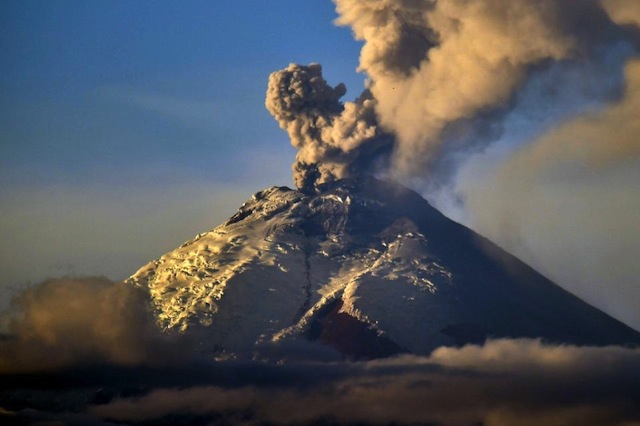
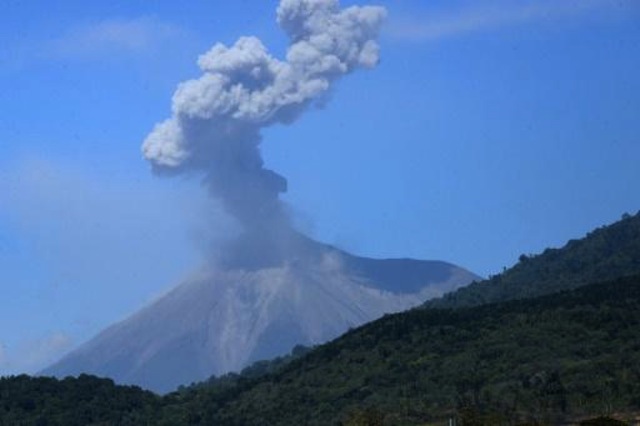
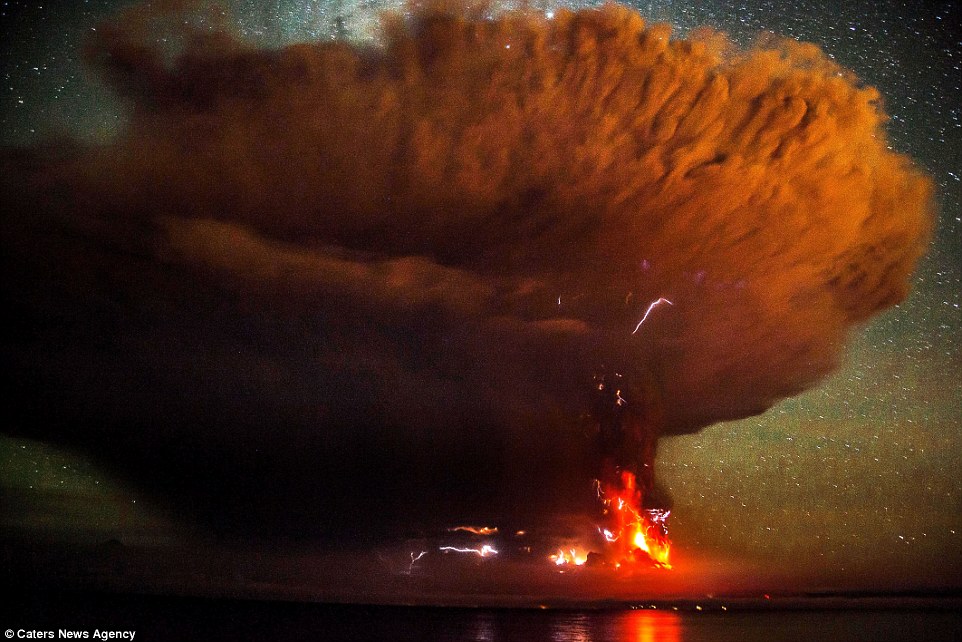
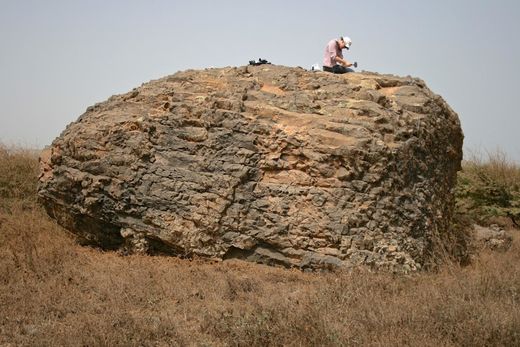
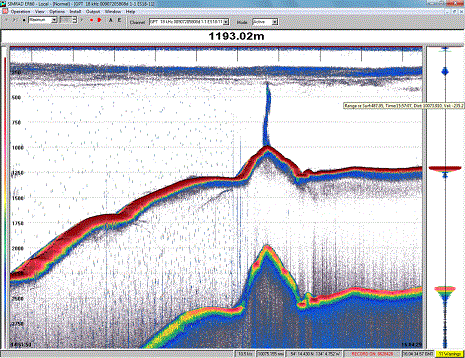
Comment: Another sign of Earth 'opening up'? See also: